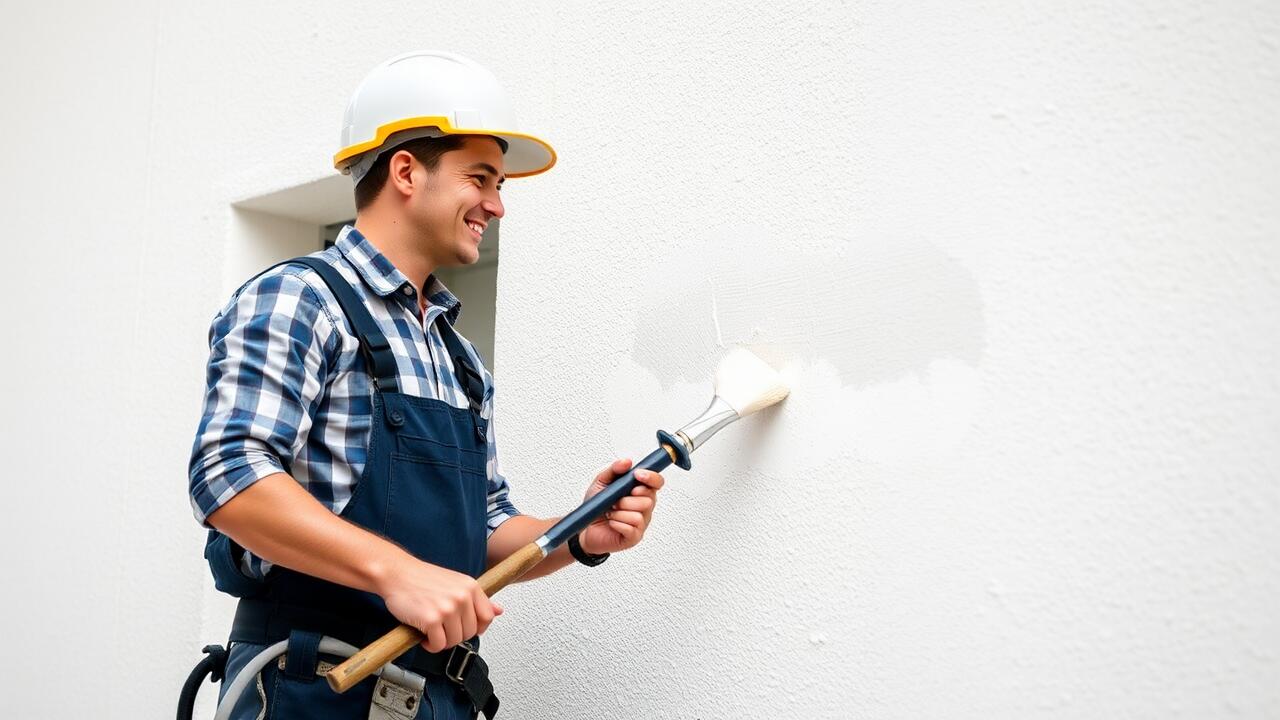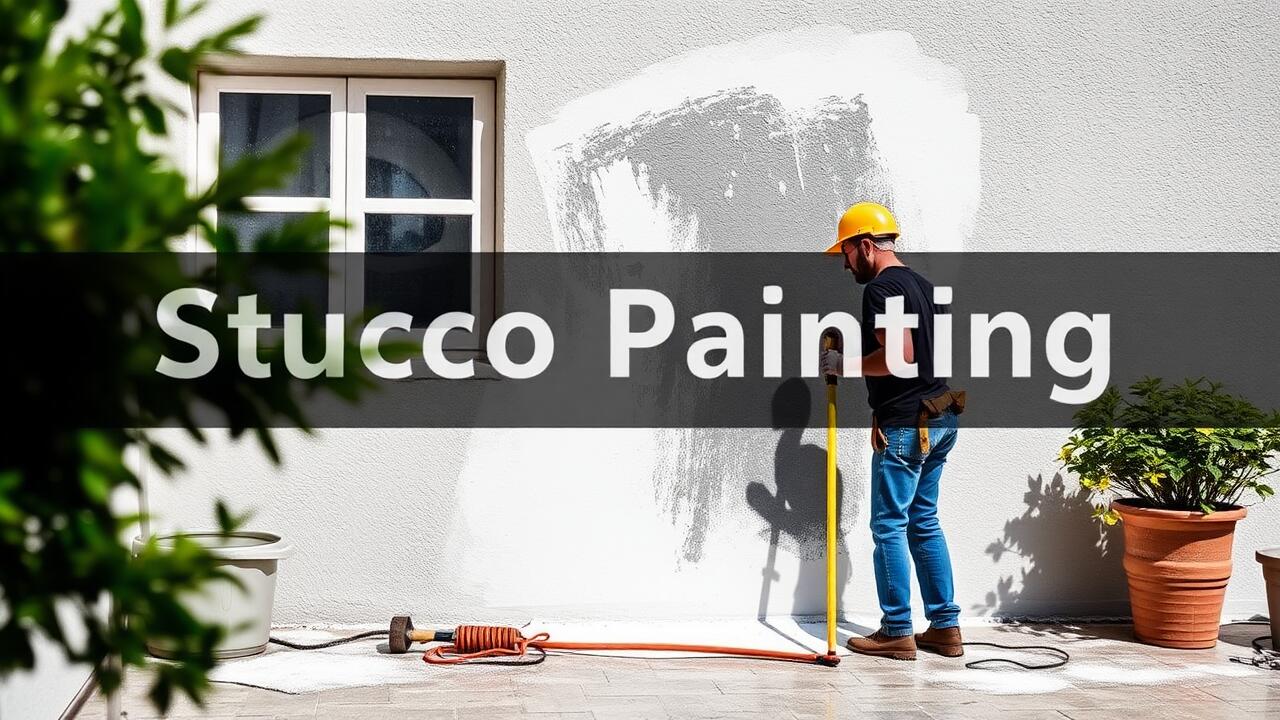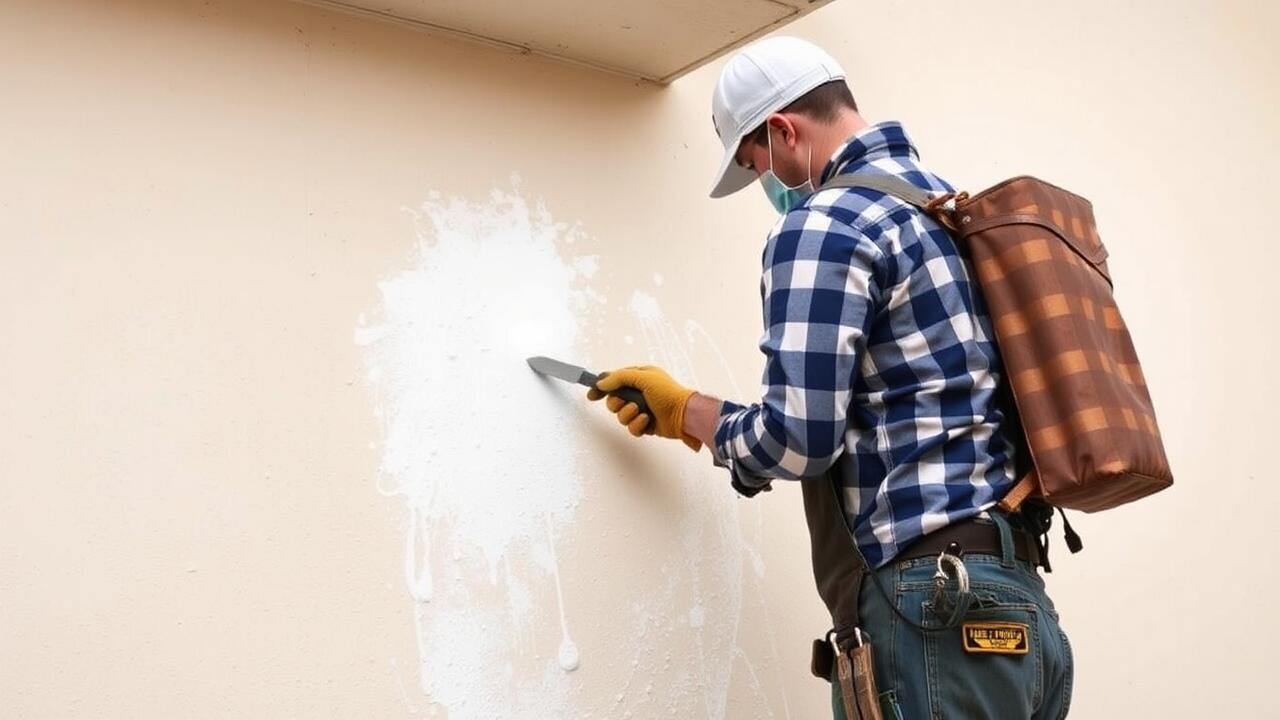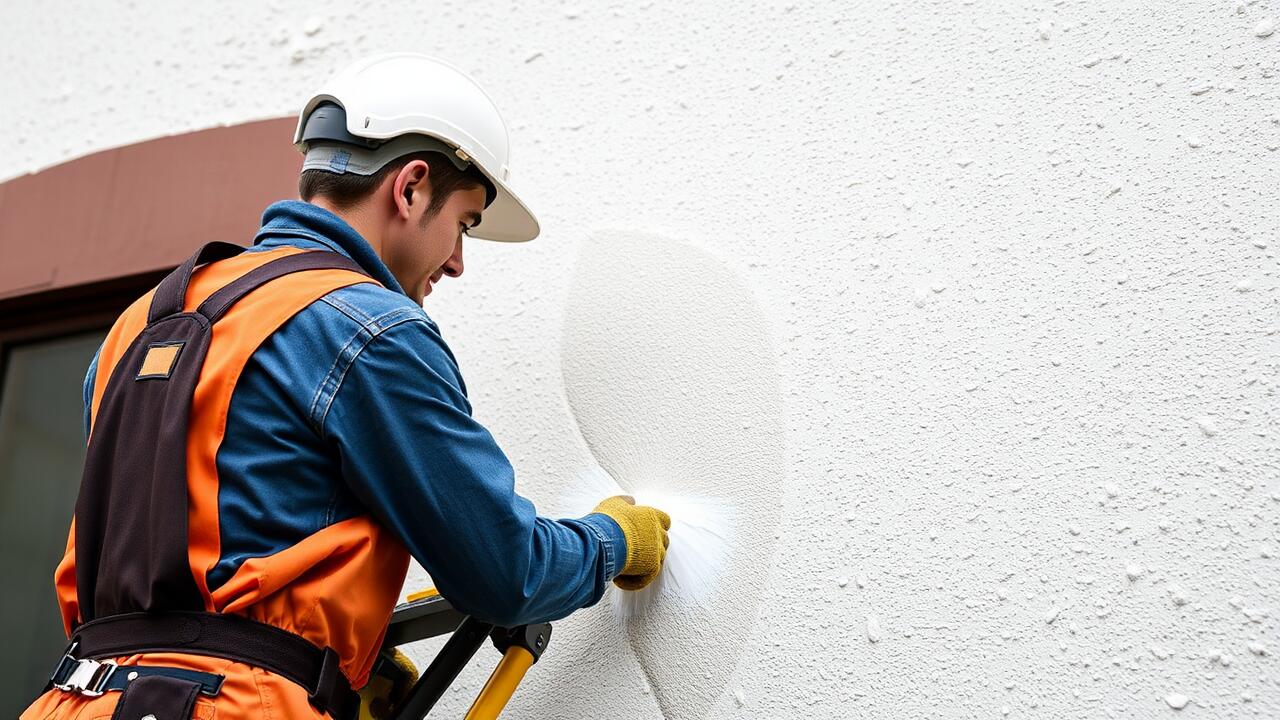
Tools and Equipment for Brush Painting
Selecting the right tools and equipment is essential for achieving a professional finish when brush painting stucco. High-quality brushes specifically designed for textured surfaces help to ensure that the paint adheres properly. Look for brushes with firm bristles, as they provide better coverage and can manage the irregularities of stucco. Different sizes may be needed to navigate tight corners and larger areas, allowing flexibility in your painting process.
In addition to brushes, having a sturdy ladder and protective gear is crucial while undertaking stucco painting projects. A roller can also be handy for larger flat areas, but brushes are typically favored for their precision. Proper paint trays and extension poles can enhance reach and reduce strain during the task. Homeowners in Sherman Oaks, Los Angeles Stucco Painting can expect a more satisfying outcome by investing in the right tools and equipment for this unique surface.
Choosing the Right Brushes
When selecting brushes for stucco painting, it is essential to consider both the texture of the surface and the type of paint being used. A brush with stiff bristles typically works best for rough stucco, as it can reach into the crevices and provide thorough coverage. Additionally, the size of the brush plays a crucial role; larger brushes enhance efficiency on bigger areas while smaller brushes allow for precise application in tighter spaces.
For projects like Echo Park, Los Angeles Stucco Painting, choosing high-quality tools can significantly affect the final outcome. Synthetic bristles often perform well with latex paints, while natural bristles may be better suited for oil-based options. It is important to ensure that the brushes are specifically designed for exterior use, as they need to withstand varying weather conditions and provide durability throughout the painting process.
Preparation Steps for Stucco Painting
Before starting any stucco painting project, it's essential to prepare the surface thoroughly. This involves cleaning the stucco to remove dirt, grime, and any loose paint. Using a pressure washer can be effective, especially in areas like Echo Park, Los Angeles where dust and debris tend to accumulate. Once cleaned, allow the stucco to dry completely. Any moisture left on the surface can affect paint adhesion and result in an uneven finish.
After cleaning, it’s crucial to inspect the stucco for any cracks or damage. Small cracks can be filled with a suitable filler, ensuring a smooth surface for painting. Priming the stucco is another important step. A high-quality primer designed for use on textured surfaces will help the paint adhere better and provide a more uniform finish. This preparation phase is critical for achieving a professional-looking result in your Echo Park, Los Angeles stucco painting project.
Cleaning and Priming the Surface
Cleaning the surface is a crucial first step in preparing stucco for painting. Begin by removing any dirt, grime, and loose paint using a pressure washer or a stiff-bristle brush. For particularly stubborn areas, you might need to include a mild detergent in your cleaning solution. Ensure that all debris is thoroughly washed away. A clean surface helps to promote better adhesion for the paint and ultimately improves the longevity of the finish.
After cleaning, priming is essential to create a smooth base for your paint. Apply a high-quality primer specifically designed for stucco surfaces. This helps seal the porous texture of the stucco and enhances paint adherence. Pay special attention to any cracks or uneven areas; they should be filled in before the primer application. For those considering professional services, look into options like Echo Park, Los Angeles Stucco Painting to ensure a polished look and lasting results.
Techniques for Spraying Stucco
Using a sprayer for stucco painting offers several advantages, especially when covering large areas quickly and efficiently. It allows for even coverage and can reach those awkward spots that are challenging to paint with a brush. Start by selecting a high-quality airless sprayer with a tip size appropriate for the texture of the stucco surface. This ensures the paint adheres properly and creates a uniform finish. In Echo Park, Los Angeles, stucco painting often requires a tailored approach, considering local weather conditions and surface textures.
Once the equipment is ready, it's essential to maintain a consistent distance from the surface while spraying. This helps achieve an even application. Overlapping strokes will minimize the possibility of any patchiness or missed spots. Practicing on a small section of the surface before diving into the complete project can help refine technique. Understanding the nuances of your specific location, like the unique character of Echo Park, Los Angeles, stucco painting can enhance the final result and ensure long-lasting durability.
Best Practices for Even Coverage
Achieving even coverage when spraying stucco is crucial for a professional finish. Begin by adjusting your spray gun to the appropriate nozzle size and pressure settings. A wider fan pattern typically works best for large stucco surfaces, ensuring an even distribution of paint. Maintain a consistent distance from the wall, usually 12 to 18 inches, to avoid drips and uneven texture. Overlapping your strokes slightly will help to blend areas, minimizing the appearance of lines or inconsistencies.
When working in Sherman Oaks, Los Angeles, where stucco finishes are common, the local climate can influence drying times. Spraying during cooler parts of the day can prevent quick drying, which can result in uneven layers. Always move in a steady motion and avoid dwelling on one spot for too long. This technique allows the paint to settle evenly and adhere properly to the textured surface, ensuring that the final appearance meets the aesthetic standards expected in residential neighborhoods.
FAQS
What are the main differences between spray painting and brush painting stucco?
Spray painting is typically faster and can provide a more even finish, especially for textured surfaces. Brush painting allows for more control and is better for detailed work, but it can be more time-consuming.
Which method is better for covering large areas of stucco?
Spray painting is generally better for covering large areas quickly and efficiently, as it can cover more surface area in less time compared to brush painting.
Can I use the same paint for both spray and brush applications?
Yes, you can use the same paint for both methods, but it's important to check the manufacturer's recommendations regarding application techniques and any necessary thinning for spray application.
What type of brush should I use for painting stucco?
A high-quality, thick-napped roller or a brush specifically designed for textured surfaces is recommended for painting stucco, as these can better reach into the crevices and provide a good finish.
Do I need to prepare the stucco surface differently for spraying compared to brushing?
The preparation steps are generally the same for both methods, including cleaning and priming the surface. However, you may want to tape off areas more carefully when spraying to avoid overspray.



